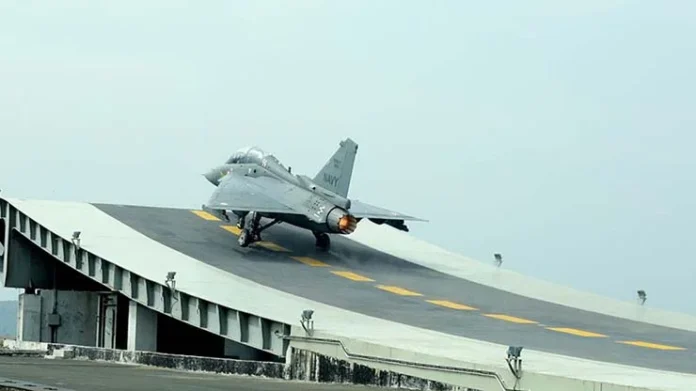With a coast line of over 7,500 km and an Exclusive Economic Zone (EEZ) of over 2,300 square km, India which has a rich maritime heritage and its rulers were involved in maritime activities for long, is an area which in the current era needs to be protected.
The importance of defending the nation from attacks from the sea gained added importance since the November 26, 2008 attack by terrorists on Mumbai and the increasing piracy on the high seas close to the Indian coast.
Having to provide security to 12 major ports, 184 minor ports, 13 coastal states and union territories and 1,197 island territories, the Navy has a huge task on hand.
According to the Ministry of Shipping, around 95 per cent of India’s trading by volume and 70 per cent by value is done through maritime transport, so the importance of keeping the sea lanes safe for the merchant shipping is another important task that the Navy has been performing.
As of June 2019, Indian Navy had 67,252 personnel in service and has a fleet of 137 warships and 235 aircraft while the operational fleet consists of one aircraft carrier, one amphibious transport dock, eight landing ship tanks, eleven destroyers, 14 frigates, one nuclear-powered attack submarine, one ballistic missile submarine, 15 conventionally-powered attack submarines, 22 corvettes, one mine countermeasure vessel, four fleet tankers and various other auxiliary vessels.
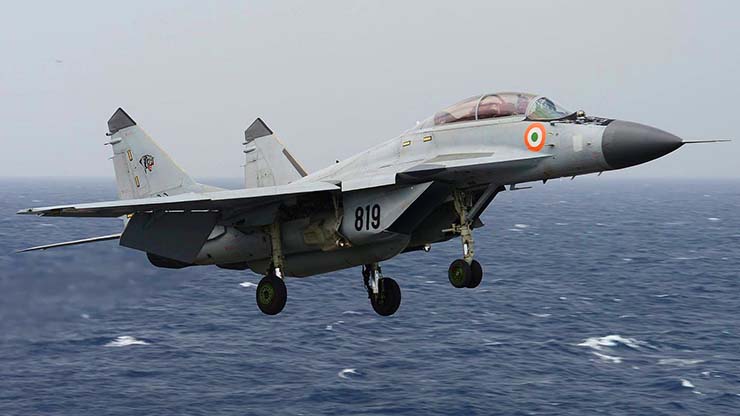
The Indian Navy needs an “assured” budgetary support to build its capability, its chief Admiral Karambir Singh said as he outlined challenges in realising the maritime potential of the country.
He said allocation to the Navy has reduced from 18 per cent of the defence budget in 2012-13 to 13 per cent now, impacting future force planning and capability development.
The Indian Ocean has always been regarded as an area of great significance and India is central to this Ocean and with this in mind, India is an active participant in the ‘Indian Ocean Naval Symposium’ (IONS) which is a voluntary initiative that seeks to increase maritime co-operation among navies of the littoral states of the Indian Ocean Region (IOR) by providing an open and inclusive forum for discussion of regionally relevant maritime issues.
The cutting edge of the Indian Navy is its two fleets, namely the Western Fleet, based at Mumbai and the Eastern Fleet, based at Visakhapatnam.
Considering the growing Chinese influence and its rapid construction of warships, it becomes imperative to also focus on what the Navy Chief said which is the need for setting up a defence diplomacy fund.
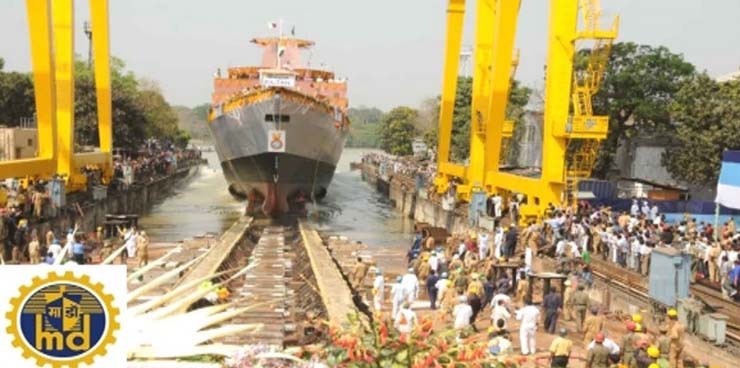
“This way we are finding it difficult to assure the nation, that wants to become a US$ 5 trillion economy by 2024, and give the kind of impetus (it needs) on maritime front,” he added.
India plans to construct a pair of aircraft carriers. The first, INS Vikrant, was launched in 2013 by Cochin Shipyard and undocked in June 2015. It is expected to be completed by 2019 and undergo extensive sea trials thereafter with commissioning planned for 2021. Vikrant displaces 40,000 tonnes and will be capable of operating up to 40 aircraft, including 30 HAL Tejas and MiG-29K fighters.
The second ship, INS Vishal (formerly known as Indigenous Aircraft Carrier-II), will displace around 65,000 tonnes and is expected to be delivered to the Indian Navy by late 2030s. With the future delivery of Vishal, the Navy’s goal to have three aircraft carriers in service, with two fully operational carriers and the third in refit, will be achieved.
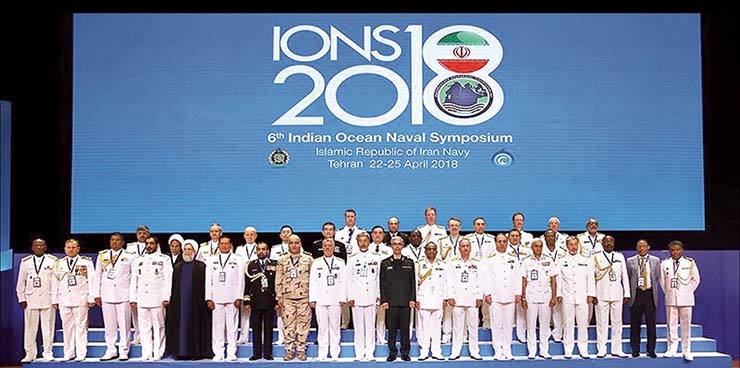
Among the major problems facing the Navy like other two services is the delay in procuring weapons since it has been seen that any big ticket defence acquisition often drags for months to years in order to get approval from the political leadership and the Ministry of Defence. Thus, purchases of defence equipment like multi-role helicopters, amphibious aircraft and warships are often late.
Coupled with this is problem of aging fleet and huge cost escalation due to delay in executing naval projects. For example, three important naval projects which were to cost Rs 9,892 crore eventually rose to around Rs 38,855 crore, which is around four times the original cost. First among the naval project was INS Vikrant (new), the delivery schedule of the aircraft carrier has been revised from December 2010 to October 2018. But, the warship is expected to be delivered by October 2020. The original cost of the warship was Rs 3,261 crore and was revised to Rs 19,341 crore.
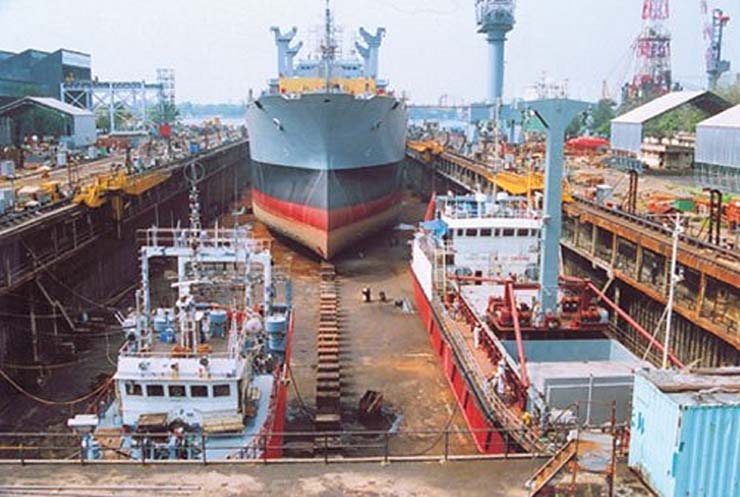
Another example is in the case of Project 15A with Mazagon Dock Shipbuilders (MDL), Mumbai, with the delivery of three ships (INS Kolkata, INS Kochi and INS Chennai) were faced with repeated delays which led to the original cost of Rs 3,580 crore being revised to Rs 11,662 crore. Experts termed that the increased overrun has been mainly due to the increase in equipment cost and yard material, and increase of the cost of labour. One more example, is the case of Project 28 where delivery schedule of three ships—INS Kamorta, INS Kadmatt and INS Kiltan was delayed due to which the cost is touching around Rs 7,852.39 crore from Rs 3,051.2 crore.
The writer is a senior journalist and media consultant
– The writer is a senior journalist and media consultant. The views expressed are of the writer and do not necessarily reflect the views of Raksha Anirveda.


